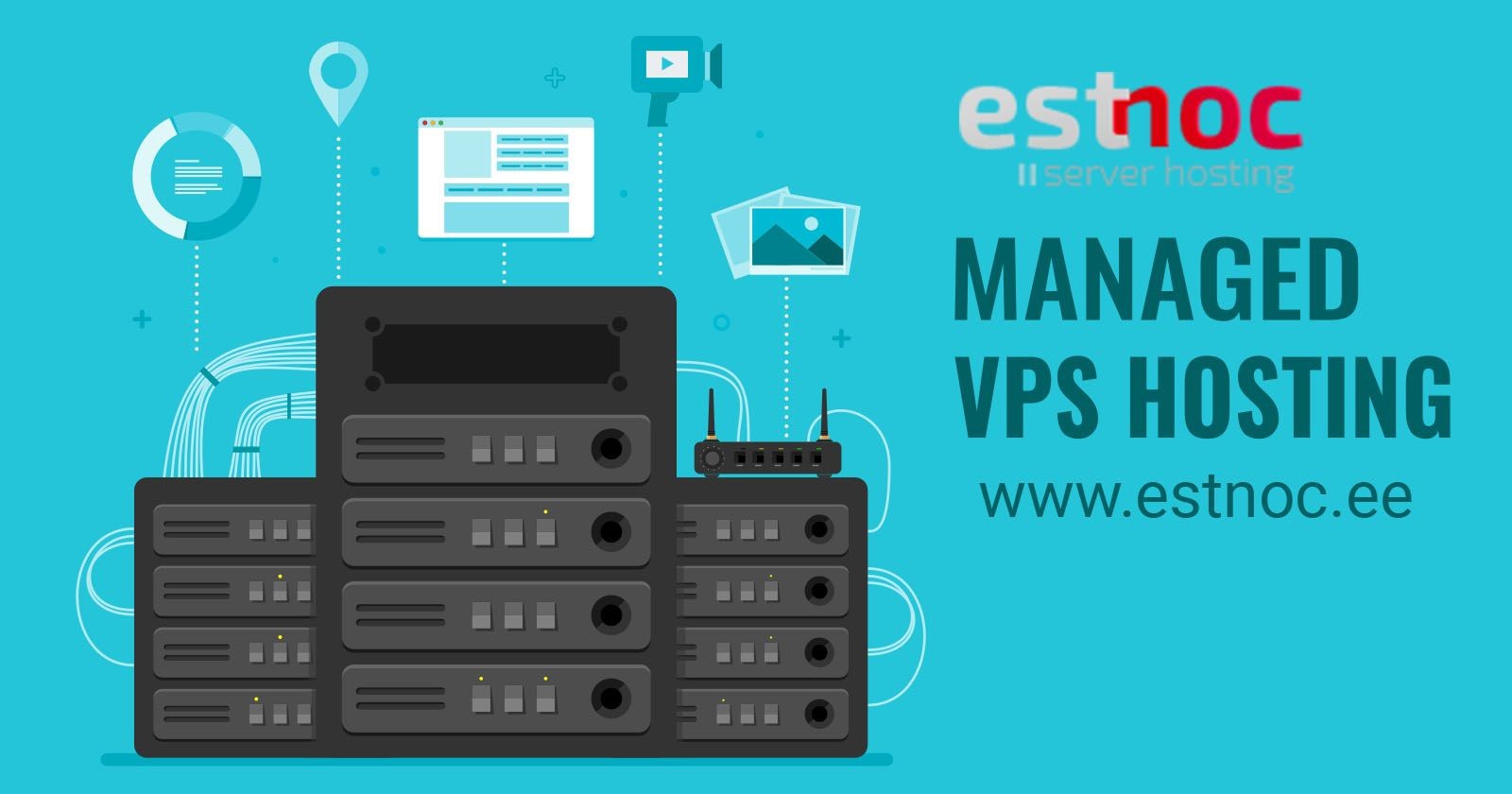
It's quite simple to go from shared hosting to a Virtual Private Server (VPS). Learning how to set up a VPS, on the other hand, might be a bit difficult, especially if you've never used the command line before.
When you sign up for a basic hosting package, your provider will usually install all of the software you'll need. For example, with shared hosting, you'll almost certainly be given immediate access to a control panel for your account. These hosting control panels provide you access to all of the settings you'll need to customize your account. However, because other people are using the same machine, you will most likely not have the opportunity to change your server's real settings.
On the other hand, with a VPS Server, you have your own server environment. Most hosts will just set up basic server software, such as Apache or Nginx, and leave the rest to you. As a result, you'll most likely need to take a few more steps to get your server ready, such as:
- Choosing the appropriate time to begin utilizing a virtual private server (VPS)
- Getting to know how to connect to it and run commands on it
- Trying to figure out how to install and update new software
- New user account configuration (if needed)
- Installing a firewall is the first step
You also have the option of selecting between managed and unmanaged plans. You'll have total control over your server environment if you choose an unmanaged plan, for example. With a managed plan, on the other hand, you can trust the support team to optimize your VPS for performance and functionality. If you're still undecided, you can choose a managed plan with root access.
Whatever option you choose, there are a few things to keep in mind in order to get your VPS up and running. Fortunately, the procedure is simple. Simply follow these steps and you are ready to go!
Log in to your Customer Portal account
You may require access to your account details after signing up for a VPS. Log in to your customer portal to accomplish this. The login screen will appear after clicking the orange Secure Client Login button. To access your customer portal, enter your email address and password, then log in.
You may access a variety of resources from this page. To begin, this is where you'll manage your billing, place orders for additional goods or upgrades, and submit and see support requests. You may also set up alerts to keep you informed about your server's status.
In other words, you may manage your account from this page. You'll also be able to manage your domains here. As a result, whether you're registering a new name or moving an existing one to your new VPS, you should start here - which takes us to our next step.
Configure Your VPS's Domain
The next step is to configure your domain(s) for use on your new VPS. They'll be able to utilize the resources on your server as a result.
If you already have a domain, you'll need to go to My Domain > Manage Domain in your customer interface to move it to your new VPS. You may next use one of the following options to configure the name servers for your VPS:
- dns1.name-services.com
- dns2.name-services.com
- dns3.name-services.com
- dns4.name-services.com
Name servers are the programs that send traffic to your domain's VPS (s). You can contact the support ticket and team if you're having issues. After you've instructed your domains to run on your VPS, you can begin operating the server.
Learn How to Manage Your Virtual Private Server (VPS)
You can shut down, boot, or reboot the server whenever you want using a VPS. You may also change the root password or hostname, install the OS of your choice, and see IP information and server logs on an unmanaged plan.
VPS management is simplified with managed plans. To gain access, simply login to your cPanel and click on cPanel Login. It allows you to handle your website's capabilities, including files, email, backups, FTP, website analytics, and more.
You'll use SolusVM to administer your VPS on an unmanaged plan. This allows you to change your operating system and access the console. You may also shut down, boot, and reboot your server, as well as examine bandwidth and memory use and access logs and statistics.
You're ready for the next step whether you've chosen a managed or unmanaged VPS. We'll now proceed to the program installation.
Manage the Installer for Your Application
Our final stage is primarily for VPS plans that are not managed. You're all set if you're on a managed plan. Most plans, for example, include the most common development software (PHP, MySQL, Node.js, and so on), and if you need anything more, you may contact the support staff.
One of the benefits of an unmanaged plan, on the other hand, is that you may pick and choose whatever apps you want on your VPS.
Conclusion
When shared hosting is no longer sufficient, upgrade to a Virtual Private Server. After all, for most websites, boosting speed without having to invest in a costly dedicated server is a win-win situation. Buy VPS managed and unmanaged server hosting for your website from EstNOC, the best hosting services provider!






